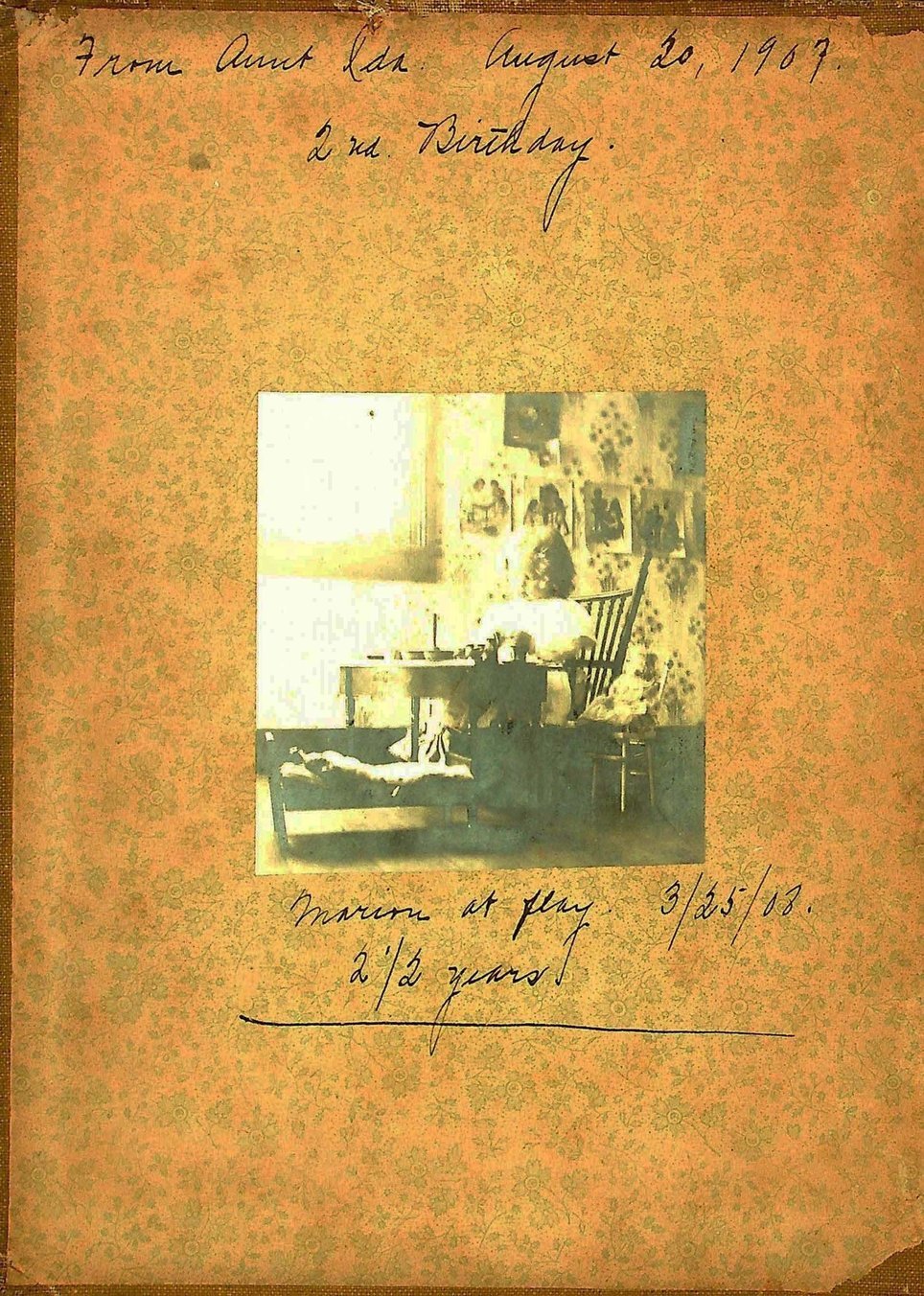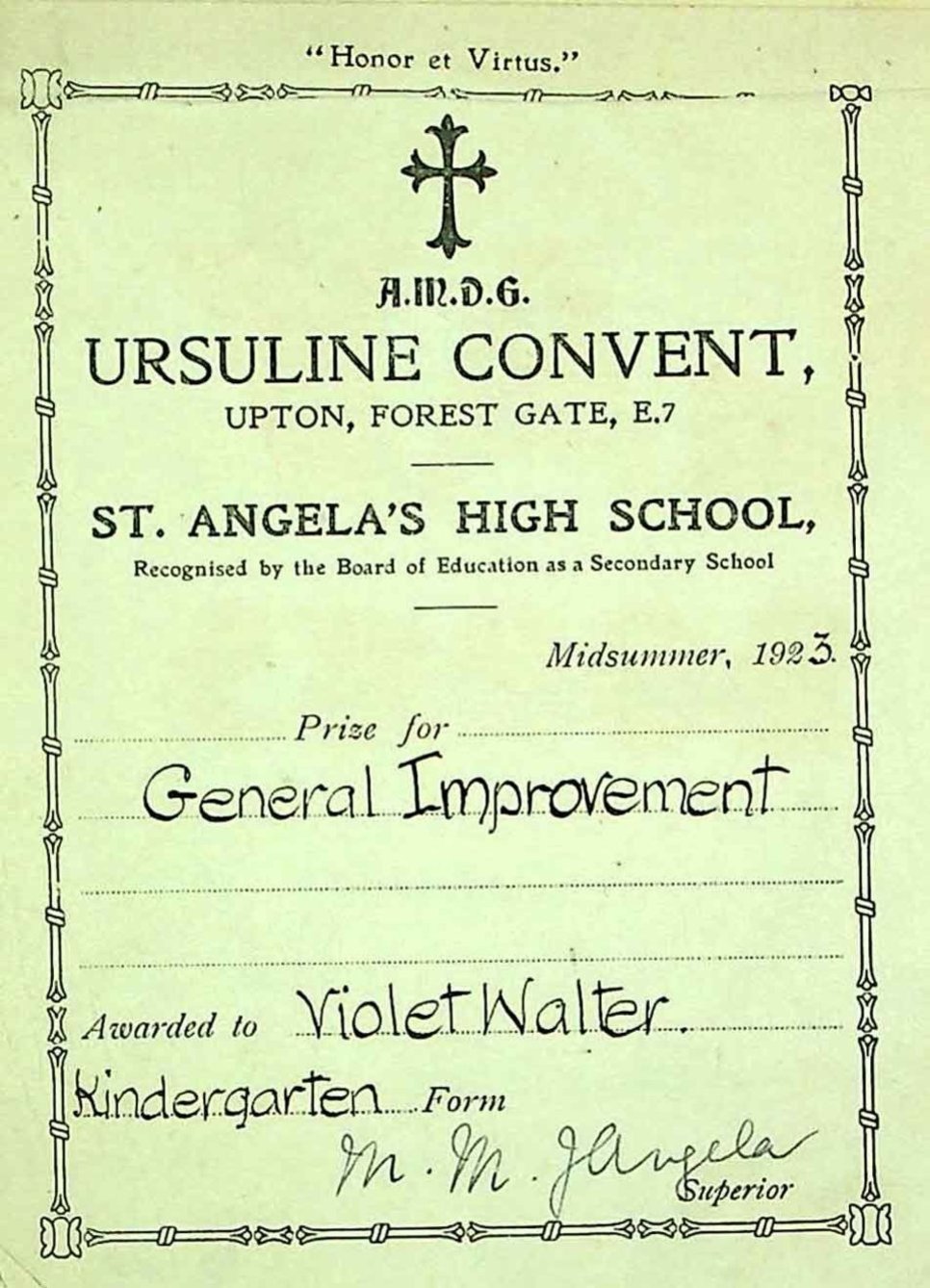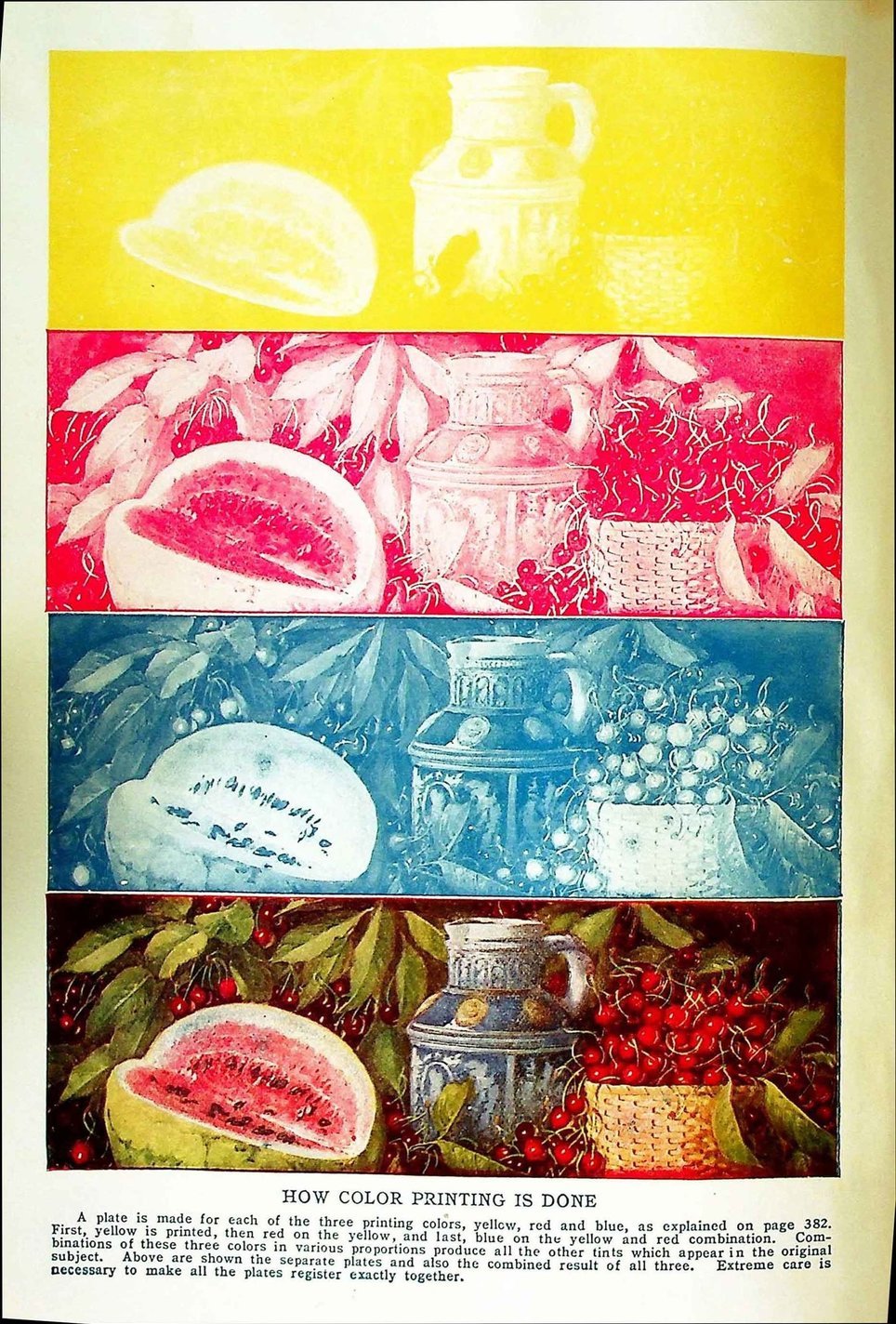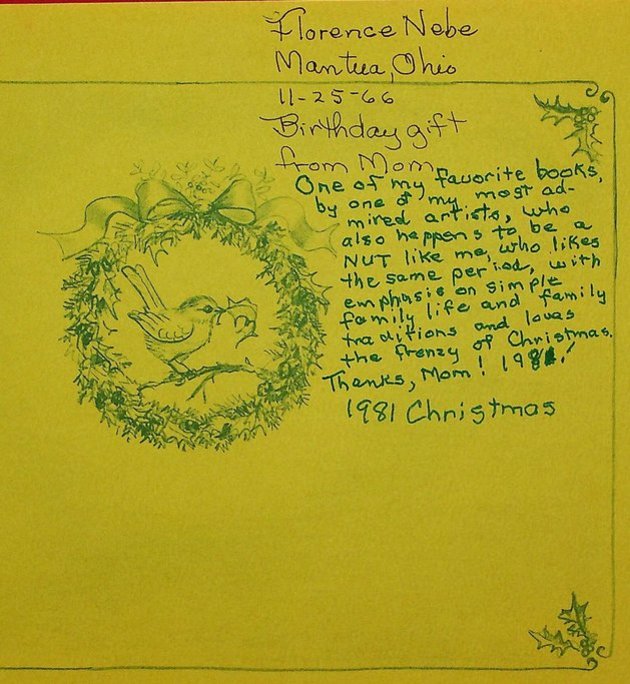Historical Context

Pasted in photo with inscription inside the cover of "Sunshine Story Book"
In addition to being enjoyable to read, children's books have matured as a literary category. Many authors, are now considered "canonical" in the history of literature and have had wide influence. Children's books have become also an academic specialty.
In the 19th century, as books became less of a luxury item, targeting them towards children (and adults) seemed increasingly lucrative to publishers. However, the poetry, the idyllic, pastoral settings and the exaggerated beauty of the subjects contained there-in should not be read as historical. Rather, Victorian colored picture books are more likely the off-spring of the broader Romantic movement in the arts. The setting of the blissful nursery, like the well-mannered children that were placed there, are a conspiratorial literary motif. The common experience of childhood in the industrializing 19th century was likely a much more Dickensian one . . . except for those who were more economically entitled.
The subject matter of Victorian colored picture books cannot be trusted to reveal truths about the actual children of that age, so much as they betray a very adult longing for a pre-industrial rural "age of innocence." Yet this desire to "flip the script" on childhood, whether driven by principal or profit, was likely an integral ingredient of a culture that was growing more enlightened, tolerant, and reformist in its mentality and politics. If we have, in the developed world at least, an expectation of carefree childhoods, we should thank--in part--the Victorian artists and publishers that invented it!

Prize certificate attached to "The Cobweb Dress" (1922)
Yet by the second half of the 19th century, as the idea that books and libraries should inspire and uplift, publishers and bookshops gained financially by pandering to the public's preference for a more shallow, sentimental nostalgia. The burgeoning children's book market was also augmented by the growing practice of store-bought gift/prize giving attached to achievements and celebrations, which manufacturers did their best to encourage. This practice has by no means diminished over time, gift inscriptions preserving real, personal, perhaps touching moments from the past. It is one of the things that makes book history so addicting.
Inasmuch as the individual children's books were assigned reading, or became quite popular, they can also make an important contribution to our understanding of the making of the Anglo-American mind. Children's books represent an aspect of the birth of a mass media culture of beliefs, shared story and visual grammar in a time before photography, cinema, television, and the internet. They are likewise a particularly fertile resource to use to showcase the rise of corporate publishing, the history of printing technology, typography, and changes in the artistic fashion.
Children's books are also a productive means of tracing the 19th-century progression towards compulsory schooling, publicly funded libraries, changes in literacy rates, gift giving, and advances in printing technology that increased book availability while drastically reducing costs. Commercial competition also helped to drive a quest for novelty, and children's books that target entertainment make conspicuous use of innovations in terms of colorful illustrations and unusual format format like miniature books, shaped books, moveable books, and pop-up books. Publishers frequently made use of skillful illustrators to help boost sales, and they perfectly capture fashions, typography, decoration and the illustration styles of their eras.

Frontispiece illustration from "The Wonder Book of Knowledge" [1927]

Inscriptions inside the cover of "Take Joy! The Tasha Tudor Christmas Book" (1966)
Children's books also happen to be quite handy for research because they have been cherished and collected intensively by the public (and some libraries) who imbue them with such nostalgia and fondness. That can even be the case when the book's owner did not live through an imagined, idealized "once-upon-a-time" past (see the inscription in the image left).
True, time has not been kind to these books, many cheaply made, but the ownership marks, gift inscriptions, spills, crayon, and the cure-all faith in clear tape are still endearing to us as we handle these mementos of past readings.
Over time, attitudes towards childhood, child development, and cultural mores have frequently upset notions about what is acceptable or important for children to read. There has been a notable shift, accelerating throughout the 19th century, towards children’s books which are imaginative and delightful, moving away from the idea that children’s books should serve as a form of mental and spiritual restraint, and/or have a didactic purpose foremost. It is not uncommon--today--for children’s books to appear as gentle acts of rebellion, challenging prevailing culture and conventions rather than reinforcing them, frequently turning school and public libraries into ideological battlegrounds. Because the appearance and intentions of books for children has varied enormously over the course of the last two plus centuries, they constitute an excellent vantage point from which to survey changing ideas about childhood, cultural permissiveness, and the sociology of education.
This collection was assembled, organized, and the short descriptions were written by Ed Vermue and Rebecca Sparagowski in 2018 and 2023. Significant editing took place in 2025.




